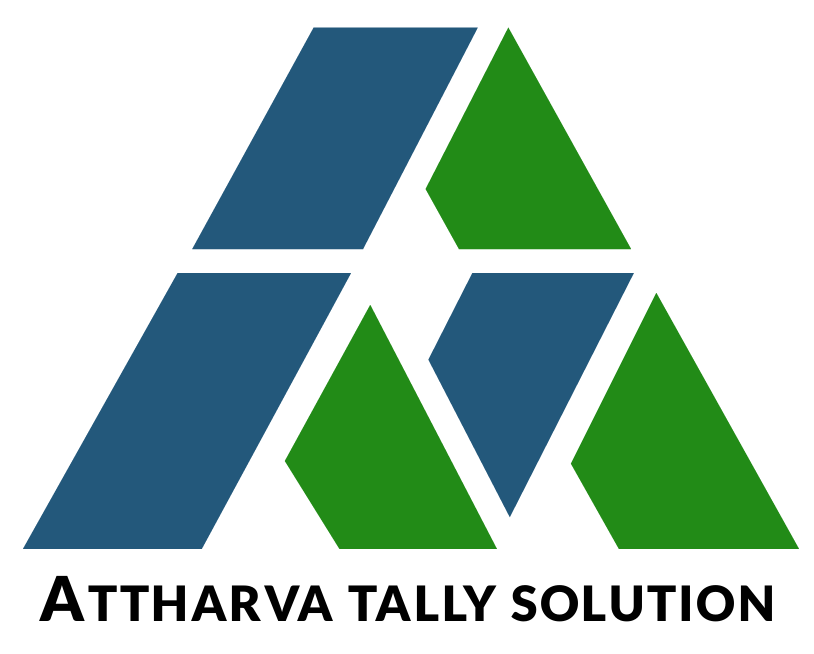Tally Manufacturing Module – Overview
The Manufacturing Module in TallyPrime (and earlier Tally ERP 9) is designed for businesses that produce finished goods from raw materials.
It helps manage the entire manufacturing process in accounting terms — from raw material consumption to finished goods production — and ensures your stock, cost, and accounts are updated automatically.
Key Functions
- Bill of Materials (BOM)
- A list of raw materials, components, and quantities required to produce a finished product.
- You can create multiple BOMs for the same product (different recipes/formulas).
- Ensures correct material consumption for each production batch.
- Job Work & Order Processing
- Track manufacturing orders (internal production or subcontracting).
- Issue raw materials to job workers.
- Receive finished goods from subcontractors.
- Stock Journal (Production Entry)
- Used to record the consumption of raw materials and the production of finished goods.
- Reduces stock of raw materials and increases stock of finished goods in one step.
- Cost Tracking
- Records direct and indirect manufacturing expenses (wages, power, fuel, overheads).
- Helps calculate actual production cost per unit.
- Multi-Stage Production
- Supports step-by-step production processes (semi-finished goods to finished goods).
- By-Products & Co-Products
- Tracks secondary outputs from manufacturing (e.g., scrap, waste, reusable by-products).
- Batch & Lot Management
- Tracks production batches with manufacturing/expiry dates (useful for food, pharma, FMCG).
- Reports
- Material Consumption Report – Shows actual vs. planned consumption.
- Production Summary – Total production over a period.
- Cost Analysis – Cost of production by product or batch.
Workflow Example
Let’s say you manufacture wooden tables:
- Create Stock Items – Raw materials (wood planks, screws, varnish) and Finished Goods (wooden table).
- Create a BOM – Define quantities of each raw material for one table.
- Record a Stock Journal (Production Entry) – Specify how many tables produced, Tally auto-deducts raw materials from stock.
- Add manufacturing expenses – Wages, electricity, etc., linked to production.
- Generate reports – See material usage, production totals, and actual cost per unit.
Benefits
- Eliminates manual calculation of raw material usage and wastage.
- Improves inventory accuracy.
- Provides real-time cost of production.
- Supports subcontractor tracking and billing.
- Complies with accounting standards by linking manufacturing directly to books of accounts.
If you like, I can prepare a visual flowchart of the Tally manufacturing process showing from raw material purchase to finished goods sale — so it’s easier to explain to a team or use in training.
